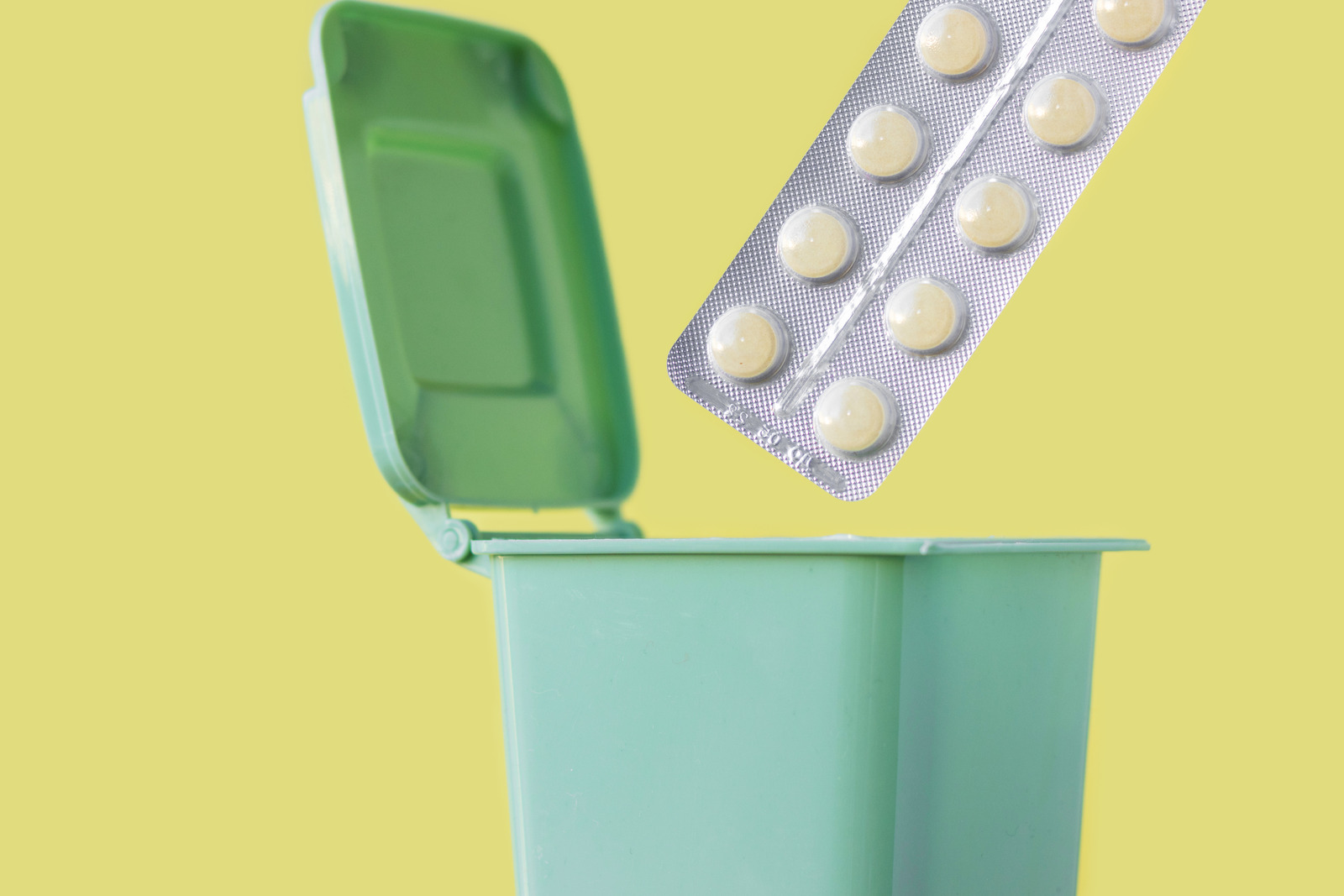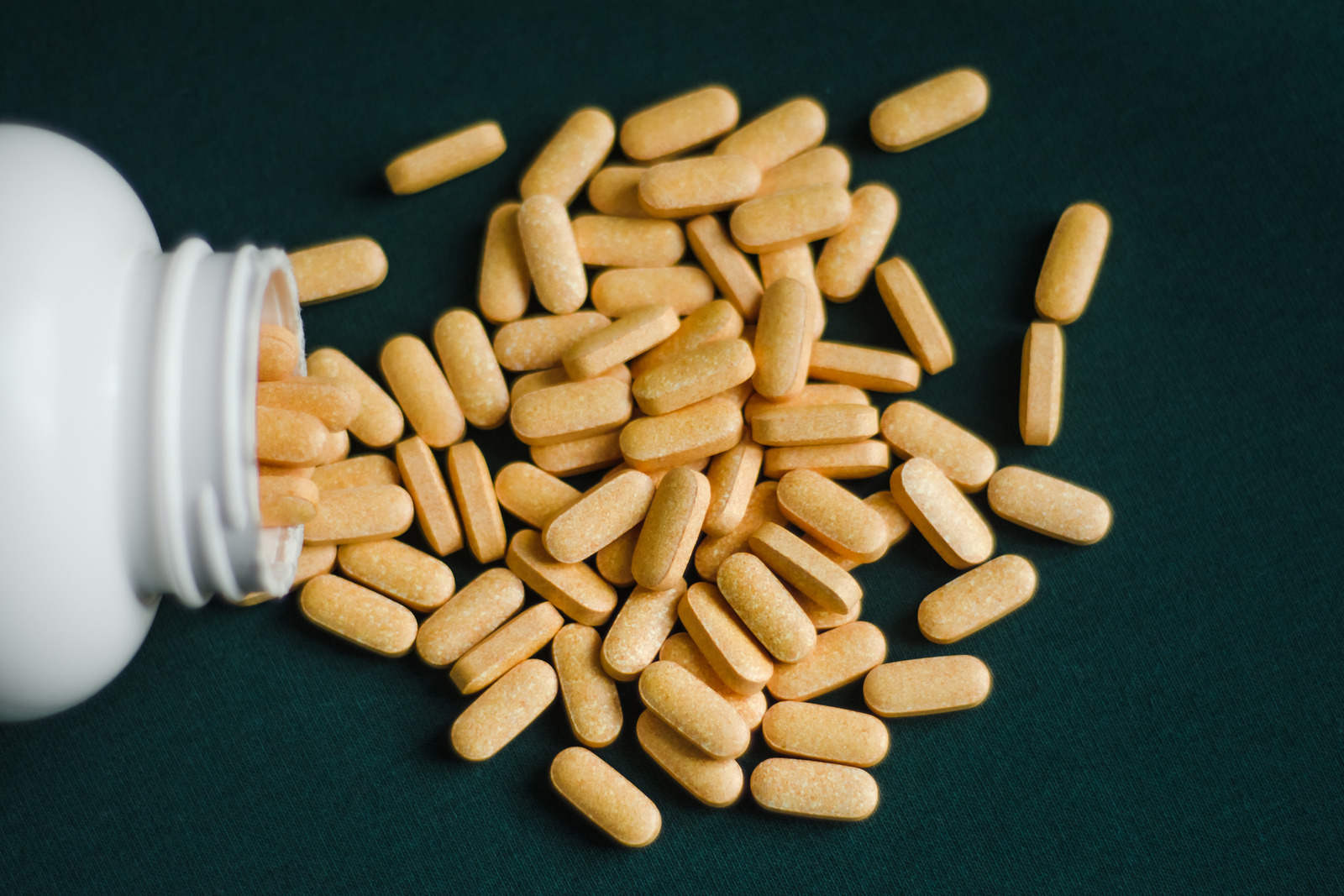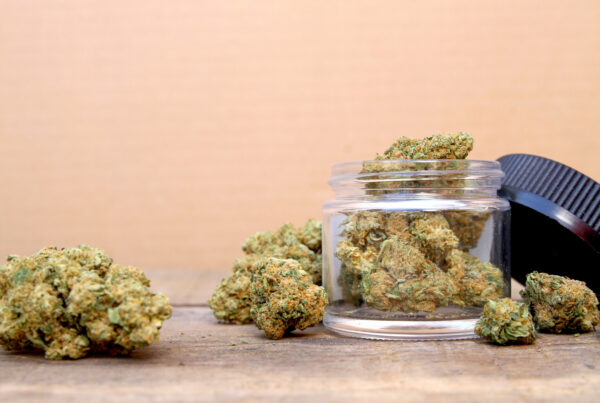Prescription medications have unique attributes to make them identifiable. The 355 U pill, a 50-mg dose of brand-name tramadol hydrochloride, can be identified by its color, shape, and imprint.
Whether you want to be sure you got the right medication from your pharmacy or you came across an unknown pill, here’s everything you need to know about the 355 U pill identification, how you can dispose of the unknown medication safely, and the risks of tramadol.
What Is the 355 U Pill, and What Is It Used For?
The 355 U pill is a 50-mg tramadol hydrochloride tablet supplied by Unichem Pharmaceuticals (USA), Inc. Though tramadol comes in different pill forms and dosages, it is generally used to treat chronic pain. It’s part of the opioid class and a Schedule IV controlled substance under the Controlled Substances Act.
Though tramadol is an opioid painkiller that’s similar to other opioids like fentanyl and oxycodone, it often contains other ingredients and has low opioid content in comparison. It was developed as a safer alternative to traditional opioid drugs, but it’s still a dangerous drug with a potential for misuse, abuse, and addiction.
355 U Pill Identification
Pills are designed to be distinct and identifiable for pharmacists and healthcare professionals. According to the law, prescription drugs approved by the FDA are typically required to have unique identifying imprints, but not all over-the-counter (OTC) drugs are subject to this requirement. Some OTC drugs may not have imprints.
You can identify a pill by its:
- Color: Pills typically have standard colors. Some may be solid colors, and others may have different colors on each side. Different forms of the same medication may also come in different colors.
- Shape: Pills come in all kinds of shapes and sizes. Round or oblong pills are common, but some medications are squares, rectangles, hexagons, pentagons, and more.
- Form: The pill form is the type of pill, such as a tablet or capsule.
- Scoring: Some pills have scores or lines cut into them that allow them to be split. Depending on the medication, there may be one line or multiple.
- Imprint: Pills have an imprint with a unique code to identify them. These codes are a combination of letters and numbers, the name of the drug, the dosage, or even a logo. Remember that some pills are so small that you need a magnifying glass to read the imprint.
The tramadol 355 U pill is a yellow oblong tablet with “355 U” printed on one side.[1] It’s 13 mm long and contains 50 mg of tramadol. This is the version from Unichem Pharmaceuticals brand, but other brands may include Conzip, FusePaq, and Ultram.
Tramadol pills come in other shapes, sizes, and forms, including round and white pills with different imprints. Combinations of tramadol and acetaminophen are more varied in appearance and may be white, orange, or tan.
If a pill is unmarked, it could mean it’s a counterfeit or illicit version of the drug.
Risks of Tramadol and the 355 U Pill
Tramadol is an opioid painkiller with a different mechanism of action and potency compared to opioids like fentanyl and oxycodone. It does not typically contain other active ingredients in its standard formulation. It was developed as a safer alternative to traditional opioid drugs, but it’s still a dangerous drug with a potential for misuse, abuse, and addiction.
Tramadol abuse has become more common, despite the drug’s potential as a less addictive opioid painkiller. Though it has a lower opioid content, its use still stimulates the opioid receptors in the brain like other narcotics and can be addictive.[2]
When prescribed, tramadol is intended to be used at the lowest dose for the shortest period possible to reduce the risk of tolerance and dependence. If physical dependence occurs, you may experience withdrawal from reducing your dosage or stopping use, which can include symptoms like tremors, insomnia, hallucinations, flu-like symptoms, and shivering. Withdrawal can be managed with a slow taper and medical detox to prevent complications.
Like other opioids, tramadol has a risk of overdose that can cause extremely depressed breathing and heart rate, leading to unresponsiveness, coma, or death. An overdose with tramadol can be reversed with naloxone, however.
If you suspect someone is overdosing on tramadol, seek emergency medical help. A tramadol overdose can be reversed with rapid medical intervention.
Some other adverse effects of tramadol include:
- Nausea
- Vomiting
- Stomach pain
- Slow breathing and heart rates
- Confusion
- Inability to concentrate
- Depression
- Anxiety
- Lowered inhibitions
Unknown Medication Safety: What to Do If You Find a 355 U Pill
 There are safety considerations for handling unidentified pills. Proper disposal of drugs is a safety concern and an environmental concern. If you don’t dispose of drugs properly, they could be a health hazard to people or animals and may contribute to water contamination.
There are safety considerations for handling unidentified pills. Proper disposal of drugs is a safety concern and an environmental concern. If you don’t dispose of drugs properly, they could be a health hazard to people or animals and may contribute to water contamination.
Whether you find a tramadol pill or have expired or unused medications, it’s important to dispose of them properly. Unused drugs are a toxic form of household hazardous waste, according to the Environmental Protection Agency. They provide a detailed guide for best disposal practices here.
If you find a 355 U pill – or any other unidentified medication – here’s what to do:
Visit a Drug Take Back Facility
The best way to dispose of most medications is through a DEA-registered drug takeback facility with trained staff who can safely dispose of them. The DEA website provides the address and contact info for local drop-off locations across the nation.
These facilities can dispose of prescription medicines, over-the-counter medicines, and dietary supplements. Before taking the drugs to the facility, remove personal details from the label, such as your name and address.
Some Medications Can Be Flushed
If the drugs you found are a significant risk to others and there’s no drug take back facility, the FDA allows some drugs to be flushed for immediate disposal. This is a limited list that includes buprenorphine, fentanyl, methadone, morphine, oxycodone, and oxymorphone.[3]
These drugs can be fatal if improperly used, so the FDA considers the risk to the public bigger than the environmental impact of flushing them. Currently, tramadol is not on the list, so you should not flush any tramadol pills or unidentified pills.
Properly Dispose of the Drugs in the Trash
You can’t simply throw an unknown pill discovery into the trash, as pets or children can get ahold of them. Trash also goes to a local landfill, which can lead to medications leaching into the soil and contaminating the local water supply.
If you don’t have a drug take back facility nearby and the drug is not on the flush list, the best option is to dispose of it in the trash. You have to take certain precautions to prevent any risk to others, however.
- Take drugs out of their packaging.
- Mix drugs with a substance that’s unpleasant for children and animals, such as coffee grounds or cat litter.
- Do not crush any tablets or capsules.
- Put the medication in a sealed bag or container to dispose of it.
- If you have a pill bottle or package, remove any identifying information and recycle it.
Return the Drugs to the Pharmacy
Some pharmacies will dispose of unused or unidentified medications, but pharmacies are not required to do so. Your local pharmacy may have a “clean out your medicine cabinet” drive to allow people to return old, expired, or unused medications for proper disposal.
Pharmacies that allow this often have disposal kiosks for a convenient drop-off. If you’re not sure, call your local pharmacy for guidance.
Whether you find a bottle or you have an unidentified pill, there are some things you should never do.
Don’t Unidentified or No-Flush Pills Down the Toilet
As mentioned, the FDA has a flush list for specific, identified drugs only. If you find a bottle, package, or loose drugs that you can’t positively identify, err on the side of caution and don’t flush them down the toilet.
Don’t Pour Them Down the Sink
The sink is not an appropriate disposal option for drugs. Like flushing them down the toilet, the drugs can contaminate the water supply. If you have a septic system, the drugs can break down and leach into the local water table, posing a risk to people, pets, and wildlife.
Don’t Offer Them to Anyone or Take Them
Even if you think you know what a drug is, dispose of it. Prescription medication misuse can be dangerous under any circumstances, but the risk is increased if you don’t know exactly what you’re taking.
Recovery From Painkiller Addiction Is Possible. We Can Help
If you or a loved one is struggling with misuse of prescription painkillers or experiencing withdrawal symptoms when you stop taking pain medication, we can help. Professional treatment in a safe and serene environment is the best path to a bright and healthy future free of substances.
Begin your recovery today by contacting The Heights Treatment team. We will help connect you with practical and potentially life-saving substance use disorder treatment so that you can start down the path to recovery.





